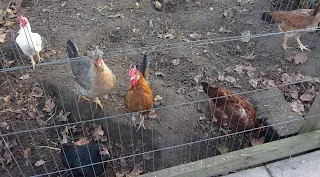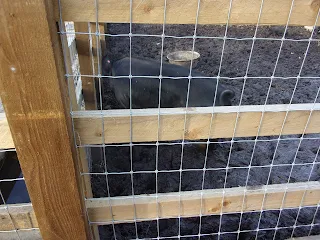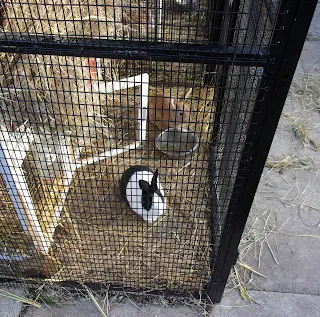THE MAGIC COTTAGE
by
JAMES HERBERT
We thought we'd found our haven, a cottage deep in the heart of the forest. Quaint charming, maybe a little run-down, but so peaceful.
The animals and birds couldn't have been more neighbourly. That was the first part of the Magic. Midge's painting and my music soared to new heights of creativity. That was another part of the Magic. But the cottage had an alternative side.
The Bad Magic.
What happened to us there was horrendous beyond belief. The miracles, the healings, the crazy sect who wanted our home for themselves, the hideous creatures that crawled from the nether regions, and the bats- oh God, the bats! Even now those terrible things seem impossible to me.
Yet they happened...
THE REALITY:
Compelling and dramatic blurb on the back of a book I'm reading for the third time around! The first time would have been in the late 1980s, when the story was serialised in my mother's Woman magazine, and the accompanying sketch of the enchanted cottage was just beautiful- I think it was the same as this one, which is by illustrator Julie Williams:-
I also love this illustration, which is in the flyleaf of the book:-
Enough of the history! Back to the story and this has artistic and relatable main characters; he a musician, she an illustrator- and brilliant add-on people such as down-to-earth, plain-speaking-yet-humerous musician Bob, and equally as straightforward butch lesbian Val. Mycroft was suitable creepy, Kinsella suitably fake and Sixsmythe- whose old-worlde name kind of relates to the quaint village atmosphere stressed throughout the novel- the epitome of a vicar. The links with magic (always an interest of mine) kept me compelled, as did the detailing of this lovely little cottage itself, and the way the good magic began to evolve in terms of strengthening Midge and Mike's relationship; and nurturing the local wildlife. It wasn't spelled out, but I guessed that our successful main couple were in their thirties, and quite modern (for the 1980s) in that they were just co-habiting and didn't seem to plan on getting married, despite their true love for one another. With mentions of crackly phone lines (there was no internet or mobile phones!), this is very much a novel of its time.
The bad magic was interesting, but maybe (and this is only a maybe) a tad too drawn out- some of the later chapters, where the couple visited Mycroft and he came to wreck havoc within the cottage could perhaps have been condensed (although I did like Mycroft's weird pyramid room...) I loved the twist in the tale when deceased Flora Chaldean, who owned the cottage before Mike and Midge, puts in an appearance and tells Mike (spoiler alert!) that it's he who has the magical powers rather than Midge, and I especially adored tame squirrel Rumbo and am (another spoiler alert) so glad that he returned back to life after being attacked by the bats (incidentally, I didn't find the bats initially scary in the same way that Mike did). I enjoyed the way drug use was explored, and certainly thought the way Midge's parents died was tackled with balance; although there was a purposeful amount of too-much-information that bordered on gore; but then I believe that that's this authors style, and indeed, this book is considered tame for James Herbert.
This is one atmospheric novel, very much worth a read and yes, I would certainly love to live in a cottage like this; only maybe one less remote and in a more urban setting.

















































